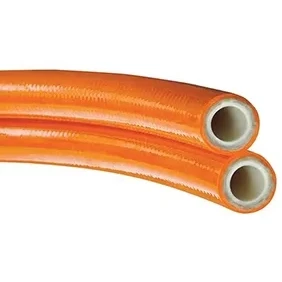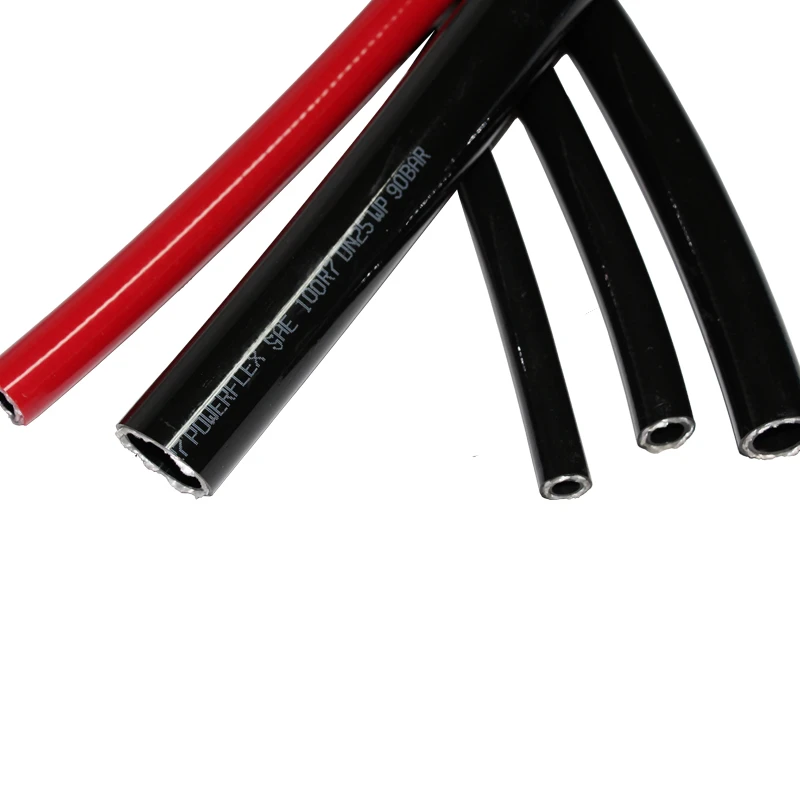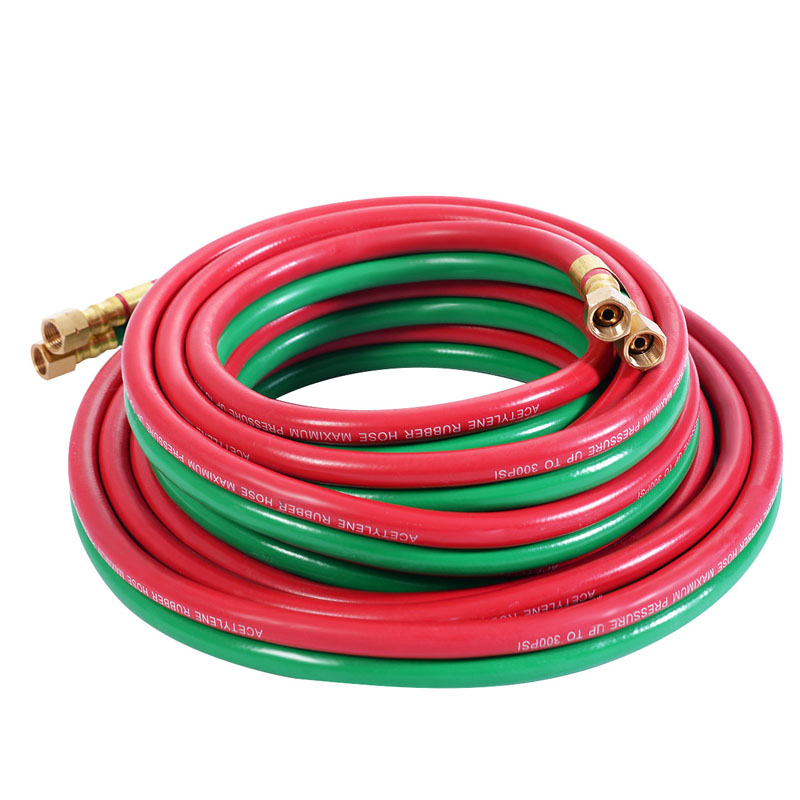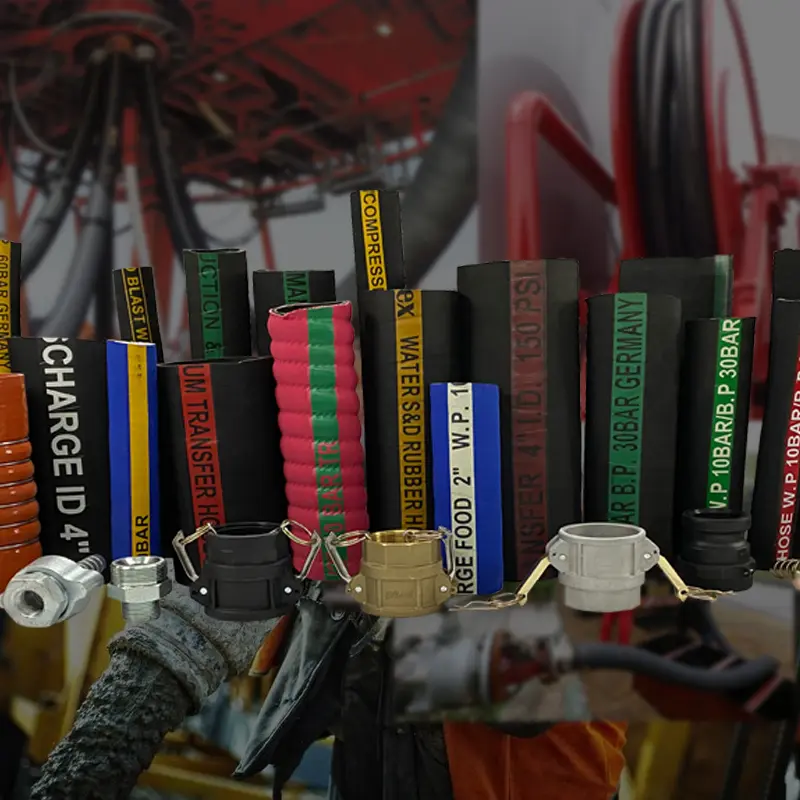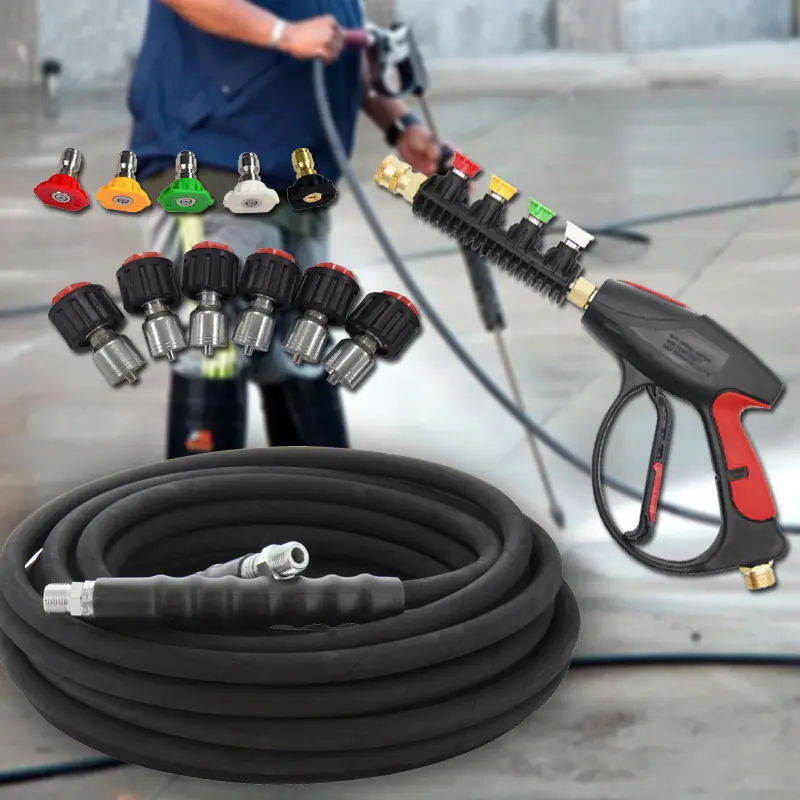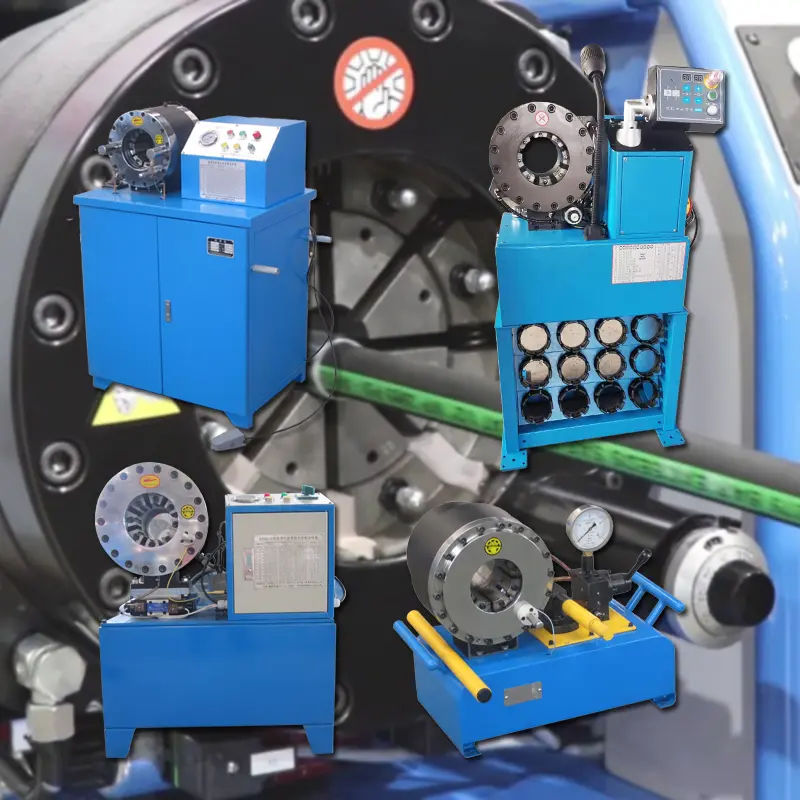A PTFE Stainless Steel Braided Hose is a versatile and highly durable hose widely used in industrial, chemical, and mechanical systems. Known for its excellent resistance to heat, corrosion, and pressure, it has become a preferred choice for applications where safety, reliability, and longevity are critical. Understanding its structure, performance, applications, and maintenance will help you select the right hose for your needs.
Structure Features of PTFE Stainless Steel Braided Hose
A PTFE Stainless Steel Braided Hose typically consists of three main layers:
-
Inner Tube (PTFE Liner):
The inner layer is made of polytetrafluoroethylene (PTFE), a fluoropolymer known for chemical inertness, smooth surface, and excellent heat resistance. It ensures minimal friction for fluid flow and prevents reactions with aggressive chemicals. -
Reinforcement Layer (Stainless Steel Braid):
The stainless steel braid provides mechanical strength, pressure resistance, and flexibility. It prevents hose expansion under high pressure and protects the PTFE liner from mechanical damage. -
Outer Cover (Optional Protective Layer):
Some hoses include an outer stainless steel braid or protective coating to resist abrasion, UV exposure, and external impact.
Key Feature: The combination of PTFE inner tube and stainless steel braid creates a hose that is both flexible and highly durable under extreme operating conditions.
Performance Characteristics of PTFE Stainless Steel Braided Hose
PTFE Stainless Steel Braided Hose is valued for its exceptional performance attributes:
-
High Temperature Resistance: It can withstand temperatures ranging from -70°C to 260°C, making it suitable for steam, hot fluids, and high-temperature gas applications.
-
Corrosion Resistance: PTFE is chemically inert and resistant to almost all acids, bases, and solvents, while stainless steel braid protects against oxidation and corrosion.
-
Pressure Resistance: The braided design allows the hose to handle high pressures without bursting, often rated from 10 bar to over 100 bar depending on diameter and braid layers.
-
Flexibility and Durability: Despite high pressure and temperature tolerance, the hose remains flexible, allowing for easier routing in confined spaces.
-
Non-Stick Surface: The smooth PTFE liner reduces friction and prevents material buildup, which is essential in chemical and food processing applications.

PTFE Stainless Steel Braided Hose finds use in a wide range of industries due to its unique properties:
-
Chemical Industry: Transports aggressive acids, alkalis, and solvents safely.
-
Food and Beverage: Handles hot liquids, sauces, and oils without contamination.
-
Pharmaceutical Industry: Suitable for clean fluid transfer, preventing reactions with drugs or chemicals.
-
Automotive and Mechanical Systems: Used in fuel, oil, and coolant lines due to temperature and pressure resistance.
-
Steam and Gas Systems: Resistant to high temperatures and pressure fluctuations, ideal for steam, air, or gas transfer.
Buying Guide for PTFE Stainless Steel Braided Hose
When selecting a PTFE Stainless Steel Braided Hose, consider the following factors:
-
Pressure Rating: Ensure the hose can handle maximum system pressure with a suitable safety margin.
-
Temperature Range: Choose a hose rated for the maximum operating temperature of your application.
-
Chemical Compatibility: Verify the PTFE liner is compatible with the fluids being transferred.
-
Braid Layers and Material: Single or double stainless steel braids impact pressure tolerance and flexibility.
-
Size and Length: Correct diameter and length reduce flow resistance and prevent unnecessary stress on fittings.
Selecting the right combination of liner, braid, and outer cover ensures long service life and safety.
Proper installation and maintenance are critical to maximize the lifespan of a PTFE Stainless Steel Braided Hose:
-
Installation Tips:
-
Avoid sharp bends or twisting; follow manufacturer’s minimum bend radius.
-
Ensure fittings are compatible and properly tightened without over-torquing.
-
Support hoses in long runs to prevent sagging and vibration.
-
-
Maintenance Practices:
-
Regularly inspect hoses for abrasion, corrosion, or deformation.
-
Replace hoses showing cracks, leaks, or damage to the braid.
-
Clean hoses periodically to remove residue or buildup, especially in chemical or food applications.
-
Correct installation and preventive maintenance reduce downtime and increase operational safety.
A PTFE Stainless Steel Braided Hose combines flexibility, high-pressure resistance, chemical inertness, and durability, making it an ideal choice for industrial, chemical, food, and mechanical applications. Understanding its structure, performance characteristics, application scenarios, selection criteria, and maintenance requirements ensures reliable and safe operation in any system.
FAQs About PTFE Stainless Steel Braided Hose
What is a PTFE Stainless Steel Braided Hose used for?
A PTFE Stainless Steel Braided Hose is used to safely transport fluids and gases in high-temperature, high-pressure, and corrosive environments. It is widely applied in chemical, food, pharmaceutical, automotive, and steam systems.
How does a PTFE Stainless Steel Braided Hose resist corrosion?
The PTFE inner liner is chemically inert, resistant to acids, bases, and solvents, while the stainless steel braid protects against oxidation and external corrosion, ensuring long-term durability.
Can a PTFE Stainless Steel Braided Hose handle high temperatures?
Yes, these hoses can typically withstand temperatures from -70°C to 260°C, making them suitable for hot liquids, steam, and high-temperature gas applications.
How do I install a PTFE Stainless Steel Braided Hose properly?
Ensure that the hose follows the manufacturer’s minimum bend radius, avoid twisting or kinking, use compatible fittings, and support long hose runs to prevent vibration and sagging.
How should I maintain a PTFE Stainless Steel Braided Hose?
Regularly inspect for abrasion, corrosion, or damage; replace any hoses showing cracks or leaks; and clean periodically to prevent residue buildup, especially in chemical or food applications.
Product Application











